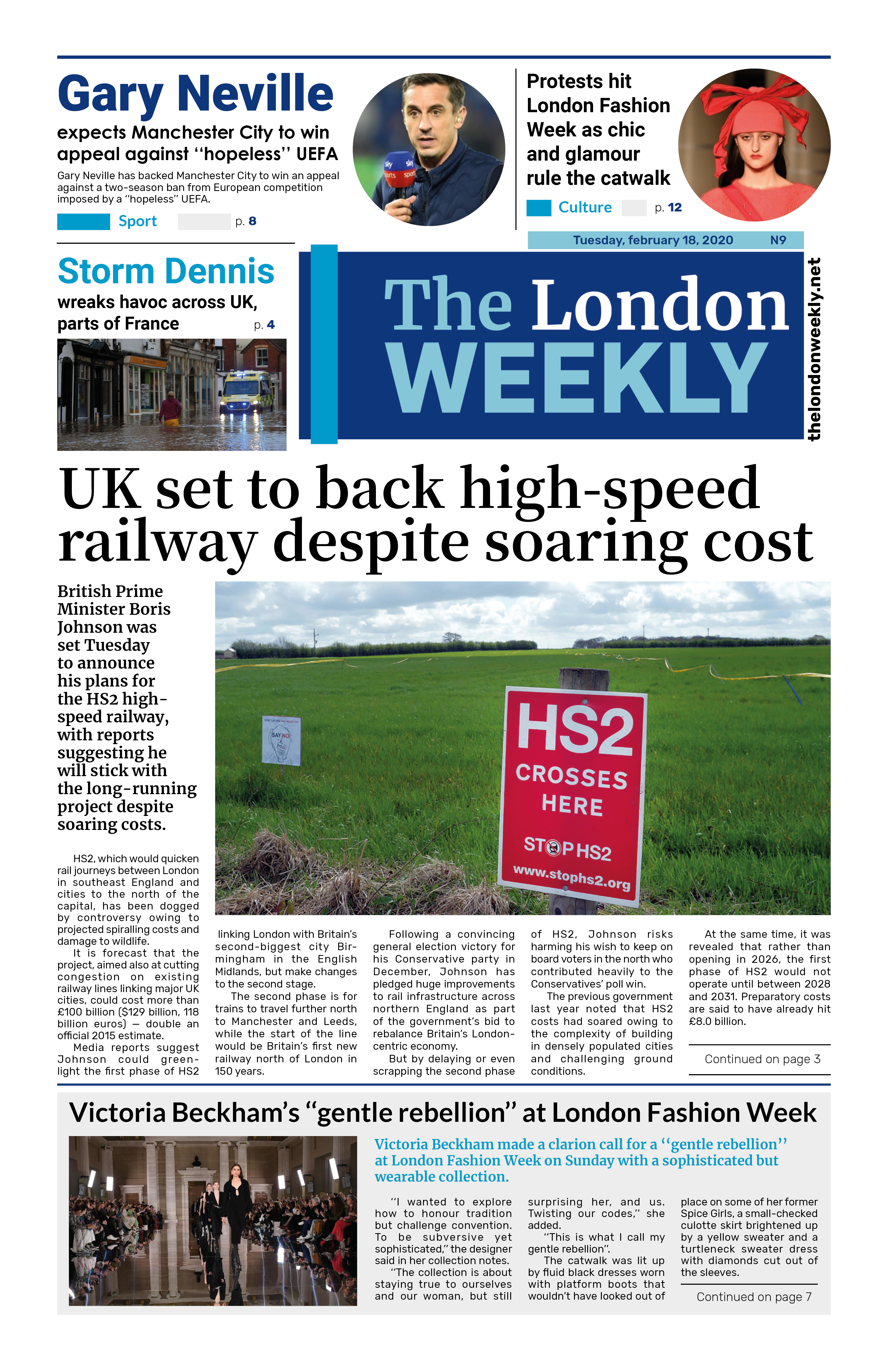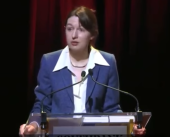
Chancellor Rachel Reeves is set to allocate more than £2 trillion ($2.7 trillion) across government departments this Wednesday, in a spending review that will shape what Prime Minister
Keir Starmer’s Labour government can deliver over its next four years in power.
Reeves faces difficult decisions as she juggles demands from the NHS—which already consumes around 40% of day-to-day departmental budgets—with rising defence spending and pressures on policing, transport, energy, and housing.
“There are good things I’ve had to say no to,” Reeves told reporters at an event promoting £16 billion in regional transport investment, which will be part of next week’s broader spending package.
Growth vs. reality
Labour has positioned economic growth as its top priority, claiming credit for the UK’s lead among G7 economies in the first quarter of 2025. However, the IMF forecasts Britain’s growth to soon lag behind the U.S. and Canada and only marginally outpace the euro zone.
The timing is challenging. Despite Labour’s landslide election win in July 2024, the party has seen a drop in popularity—falling behind Nigel Farage’s Reform Party in recent local elections.
In response, the government recently reinstated some heating subsidies for pensioners, aiming to recover political ground after removing them post-election.
Budget constraints and expectations
Reeves previewed many aspects of the budget during her October statement, so markets aren’t expecting surprises—though individual sectors could see gains or losses.
“Unless Rachel Reeves changes the overall spending envelope, markets will likely remain indifferent,” said Sanjay Raja, Deutsche Bank’s chief UK economist.
According to the Institute for Fiscal Studies (IFS), real-terms growth in public service spending will average just 1.2% annually from 2026 to 2029, while capital spending will grow by 1.3%—both much slower than current rates.
Big-ticket commitments like raising defence spending to 2.5% of GDP, as pledged by Starmer, will squeeze other departments. The IFS warns that boosting NHS spending above the average—as Labour did before 2010—could mean real-terms cuts of 1% annually for other services.
The opposition Conservatives argue Reeves’ spending plans will raise debt interest costs by £80 billion by the next election.
“She’ll highlight new projects but ignore that it’s all funded by borrowing,” said Conservative finance spokesperson Mel Stride.
Intra-party pressure and tough choices
Within Labour, tensions are emerging. Florence Eshalomi, head of Parliament’s housing and local government committee, urged Reeves to ensure the budget reflects Labour’s commitment to building 1.5 million homes by 2029.
“This is a key mission. We can’t tackle the housing crisis with private sector efforts alone,” she said.
Chris Curtis, chair of a Labour group focused on economic growth, warned against short-term fixes.
“People asking for ‘jam today’ are missing the point. Without growth, public services and living standards will only worsen. Tough decisions now prevent worse ones later.”
No room for new taxes—yet
With Reeves promising only one major tax policy shift per year and adhering to strict fiscal rules, the space for borrowing is limited. The review is “zero-based,” meaning any area of spending could be cut—but in reality, savings may rely on reduced civil service numbers, pay restraint, or efficiency measures.
Even so, the scale of required savings suggests future tax hikes may be unavoidable.
“It’s a tough path,” said Deutsche Bank’s Raja, who predicts Reeves will need to announce £10–15 billion in tax increases this autumn. “Tax rises are inevitable.”


































